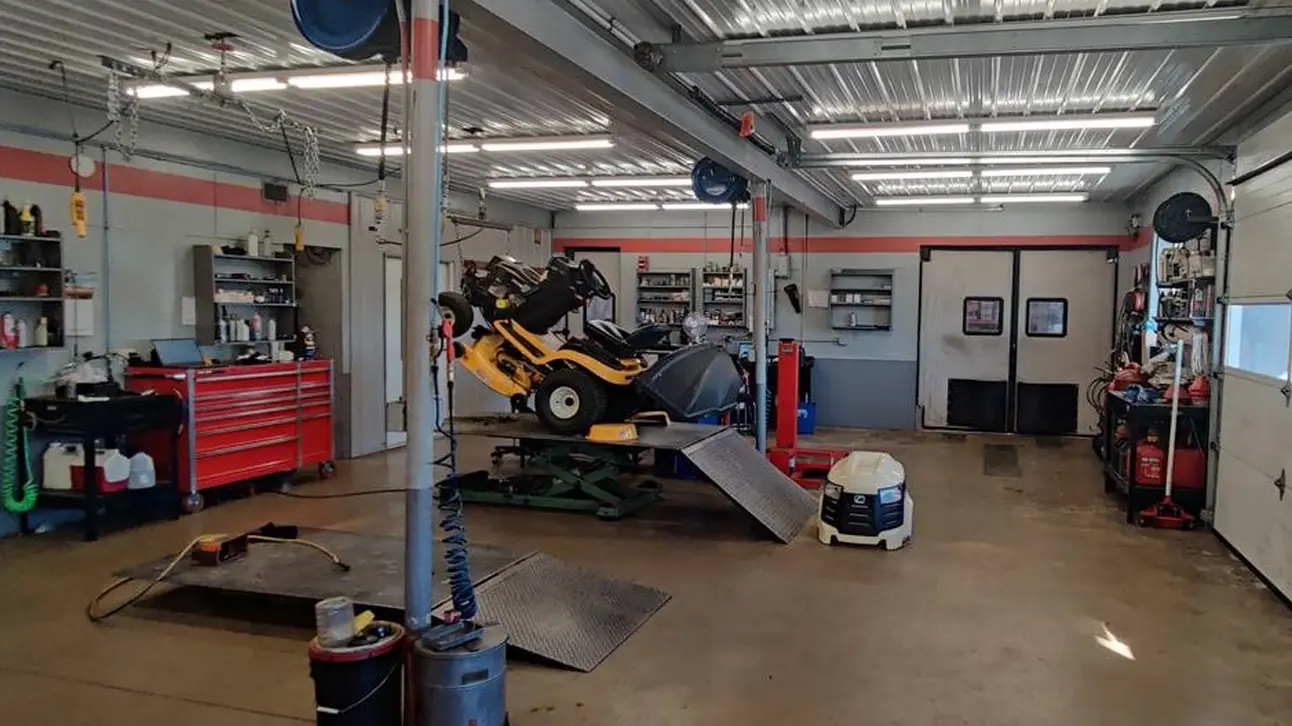"Resistance to change should be a thing of the past, if we could develop growth mindsets and create organizations with growth cultures" - Paul Gibbons
Resistance to change is nothing new and it will most likely never go away. In fact, when it comes to change, we are by human nature a walking contradiction. We both desire to see change happen but despise going through the process.
Resistance is something that is expected whenever we lead others into change. At some point, you will have someone that is struggling with the change you are trying to introduce. The key is learning how to be ready and support the folks that become stuck. When we are proactive it can help offset frustration and even the potential of losing good people. The other option is to allow things to become reactive - and the pain will start to magnify and people get off track. A good change management plan and efforts to reduce unnecessary impacts that result from quick, unplanned change.
The proactive approach to introducing change
Take an intentional step to be a mentor and leader when it's time for change. There will be times when you will need to assess which things might develop into various levels of emotional distress. This is what we call becoming a change agent. Keep an eye out for key warning signs that people are having trouble moving through a change.
The warning signs of change resistance
The signs that someone is struggling to accept change can show up in multiple ways. Some of the basics to watch for could be a decline in emotional or physical presence and health. Maybe someone that is usually a great communicator starts to go quiet. Or perhaps someone who is typically very productive suddenly becomes 'status quo' and there is no obvious indicator as to why.
Another common scenario is when morale starts to drop at an individual or team level. This is when you should step back and ask yourself "what’s changed?". That a-ha moment may show you begin throwing out lifelines for your folks to relieve immediate stress and resistance.
Where does the resistance come from?
Changes create anxiety which often marries fear. Staying the same is safe and not painful. It’s what we know and where we find comfort within our being. It is the safe place in our minds. Leaders need to outline a solid change management plan for minimal resistance.
Human nature is a funny thing, really. We are uniquely created and made, yet each one of us has different internal safety mechanisms that we rely on. When we are uncertain or uncomfortable, we start to close our willingness to embrace the circumstances around us. This can be interpreted as resistance—and if you really think about this, it is the result of something that changed. Even the most change-ready people will still 'close shop' when there is something that isn’t clear - or if they're being faced with a different result than they expected. Really think about this. As leaders, we need to understand that every individual will respond differently. We all have individual processes for coping with and handling change.
Helping others overcome the fear of change
If we become unwilling to do things differently, then we most likely aren’t going to adapt well to change. Even organized change is hard, but when managed well we can help bring clarity. I often encourage communicating the ‘why' of the change to be clear about what needs to happen and where it's going. Providing clarity and communicating well is a great start when introducing change.
Remember that some people may have been part of unhealthy change or experienced change that did not have a positive result. You are working against negative past experiences that people may have had or observed among peers and family. We are already set up to fail by default. But as a change agent, you have the opportunity to show people that change isn’t always a bad thing.
I often think about a big process change that I had to implement in an inventory and warehouse situation. I knew as soon as I started that there would be all kinds of resistance. Truth be told, at some stages, it seemed like people didn’t even know why they were resisting. I asked specifically and could not get a reason other than “I don’t like change and the change will fail; I just know it.” But we stayed the course, communicated abundantly each step of the way, and kept our ‘why’ in the forefront. When we were finished and all the resistance dust began to settle, we did a retro. I was happy to learn that after everyone's hard work, each person could see the positive results, was experiencing a more efficient process, and could find readily available inventory in purposeful locations. We knew what we had without going on a search when people asked for inventory and levels available for sale. The best part was that I now had a group of individuals that became more change-ready. They started asking ‘why’ when things became broken or difficult in the day-to-day.
This led to the perfect opportunity to plan and implement getting inventory counts updated and accurate in EBMS—and people wanted the data change after the hard organizational work was completed for the inventory reorganization change.
How is your team going to respond to change?
My point here is simple. Change is inevitable. We have a choice and responsibility to make sure that change is relevant and intentional. We need to be intentional to serve and support our people throughout the process of change. When done well we all learn and grow by doing something for a better outcome in the end. It’s about making things better today than they were yesterday. Setting people and processes up for success should always be at the core of our changes. I have many stories about leading people through change.
If you are experiencing change resistance in your team or company, let’s have a cup of coffee and talk. There are ways to navigate while understanding more of where resistance may be coming from. Together we all can learn and grow. Healthy teams and change management strategies are one way to help create people who are great with change.
- Rodney
Additional Resources

Rodney is our Senior Consultant at Koble. Rodney thrives helping people grow and succeed. There is value in people and making interactions matter is what it’s all about. When not behind the Koble desk you may find him serving and building philanthropic efforts and an occasional siting on stage in the eastern and mid-western regions encouraging people to keep learning to keep succeeding. The last three decades provided much experience as a business owner, executive and much non-profit advisory support. Rodney enjoys spending time around home with his family and enjoying the many blessings that the Lord has provided.







